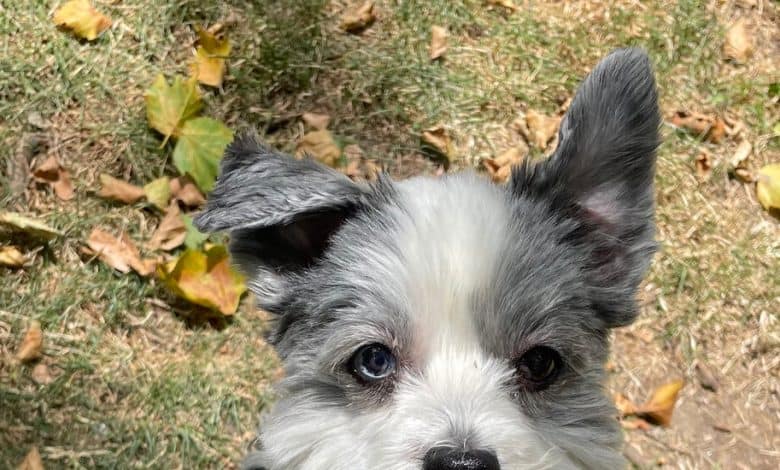A Hit-and-Run Driver Killed My Dog. The Penalty? Maybe a $100 Fine.

I had given up wanting a dog sometime around the age of 8 or 9, when I met the resistance of a fastidious mother, whose aversion to pet ownership flowed from her obsession with pristine surfaces. When my son came along — like me, an only child — it seemed cruel to deny him what I came to view as a nonoptional booster shot, a daily jolt of dog love that would supplement the parental variant, giving him another base of attachment in our tiny ecosystem of three. So when he turned 4, a Havanese puppy entered our lives as surely as a box of Duplos.
The runt of her litter, Chicky was also heterochromatic — she had one blue eye and one brown one. With this unusual characteristic came another more mystifying one: a commanding, near Labrador-level energy and presence that defied her size — she was no bigger than a salad bowl — and made her a kind of cult figure in the neighborhood. That sounds like the sort of overstatement common to eulogy, but it isn’t. She walked in front of a pack as if she were leading a righteous movement. People asked us where we got her, all the time. Soon there were other Havanese puppies on the Brooklyn Promenade, some from the same Rhode Island breeder. Chicky’s niece moved in with friends across the street, who named her Minerva.
From the beginning, I feared the end. It came unexpectedly, 10 years later, on a Monday afternoon last month, when Chicky was struck and killed by a hit-and-run driver who sped through a left turn in front of my son’s school. Our regular dog walker was recovering from surgery, so her husband, who was filling in, had taken Chicky and two other dogs to the park that day. He and the other dogs were also hit, the dogs sent into the air, and though he was bleeding from minor injuries of his own, he rushed them to a veterinary clinic nearby. Two people who had witnessed what happened went with him and stayed. The other dogs were fine, but Chicky bore the impact of the recklessly handled Jeep and died almost instantly.
We felt the sudden chill of a long-held fear that had now been realized. Cars had been getting bigger and bigger, drivers seemed to become more and more unhinged and Chicky remained small, vulnerable, low to the ground. We were devastated.
Brooklyn Heights, where we live, is home both to extreme dog reverence and a vast legal brain trust; an incident like this brings the otherwise genteel class as close to a wish for raw, country vigilantism as it is likely to get. In the days that followed Chicky’s death, I heard from many people I had never met who wanted to express outrage, sorrow, support, love, condolence, help or calls to justice, among them a former prosecutor and partner at one of the city’s oldest firms who offered his considered opinion in an active text chain that had sprung up around concern for Chicky.
Throughout our happy time with her, I had acquired a mental Rolodex of dog contacts — Astro, Atticus, Hero, Wellington, Willow, Ziggy — through which meaningful human relationships developed. It is fashionable now to talk about “the third place”: the sociologist’s term for the spaces beyond your house or apartment or office that lend themselves to serendipitous connection. Libraries and coffee bars are the frequently invoked examples, but in New York City, the best third place is the sidewalk when you have a dog, the communion organic and abiding.